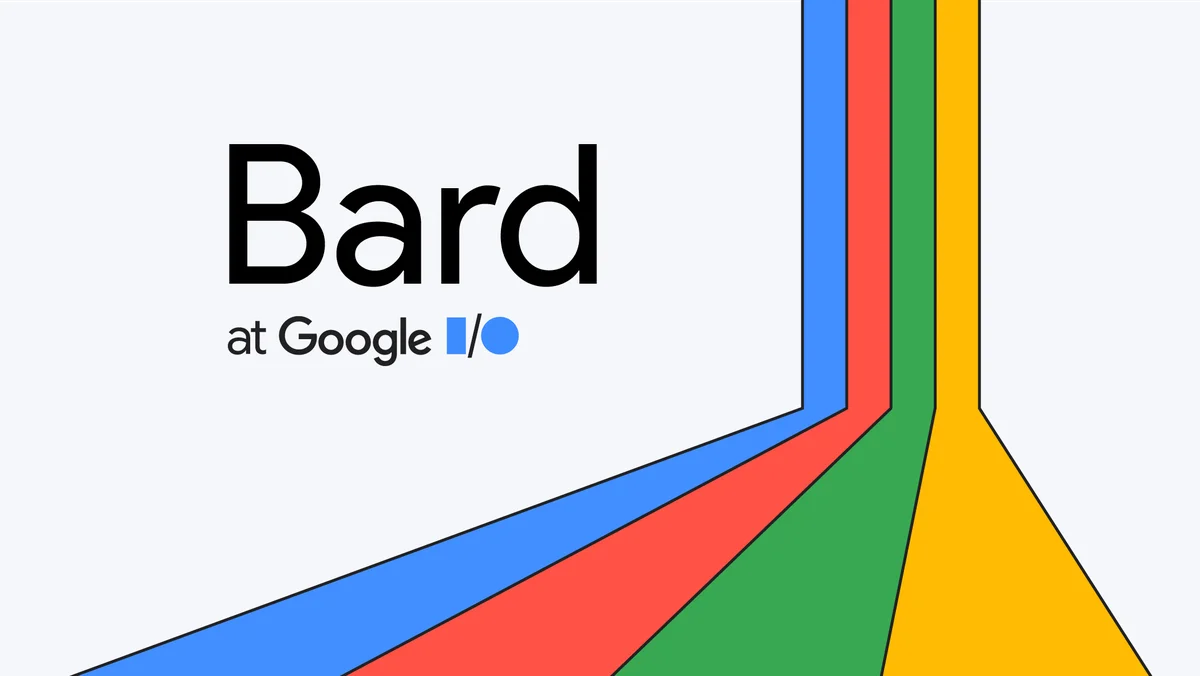Published on May 24, 2025
What Is Google Bard? Understanding Google's Latest AI Technology

In today’s ever-evolving digital era, Google continues to innovate with new technologies that aim to make our lives easier. One of the latest innovations from this tech giant is Google Bard. But, what exactly is Google Bard and how does this technology work? Let’s explore further.
What is Google Bard?
Google Bard is an artificial intelligence (AI) system built to facilitate information searches and answer questions efficiently and effectively. Bard uses advanced natural language processing (NLP) technology to understand and process human language in a more intuitive way.
Key Features of Google Bard
- Context Understanding Ability: Google Bard can understand the context of questions or statements given by users. This means that Bard not only searches for keywords, but also considers the meaning and nuances of the language used.
- More Natural Interaction: One of Bard’s main advantages is its ability to interact with users more naturally. Bard is designed to provide answers that are not only relevant but also easy to understand.
- Learning Capabilities: Bard uses machine learning to continuously improve its accuracy. With each interaction, Bard learns more about how to communicate with users and improves the answers it provides.
How Does Google Bard Work?
Google Bard operates using a complex AI model trained on big data. This training process involves analyzing large amounts of text to identify language patterns and context that can be used to answer questions.
When a user enters a question or statement, Bard processes that input using natural language processing algorithms to generate relevant answers. Bard can also perform continuous learning based on user interactions to improve the quality of its answers over time.
Benefits of Google Bard:
- Increased Search Efficiency: With the ability to understand context and provide more accurate answers, Bard can help users find the information they need more quickly and efficiently.
- Better User Interaction: Bard is designed to interact with users in a more human way, providing a more enjoyable and productive experience.
- Advances in AI: Bard is an example of the continued advancements in AI technology that show great potential in a variety of applications, from information retrieval to customer service.
What is the Difference Between Google Bard and ChatGPT?
Google Bard and ChatGPT are two artificial intelligence (AI) systems designed to understand and generate human language, but they have different approaches and features. Here are the key differences between Bard and ChatGPT:
1. Developers and Platforms
- Google Bard: Developed by Google, Bard is part of the broader Google ecosystem, including integrations with Google products like Google Search and Google Assistant.
- ChatGPT: Developed by OpenAI, ChatGPT is a product of AI research that focuses more on text generation and conversational interactions.
2. Models and Technologies
- Google Bard: Bard uses natural language processing (NLP) technology integrated with Google’s search engine and Google’s latest language models. Google Bard may utilize models or styles such as PaLM (Pathways Language Model) developed by Google to answer questions and generate text.
- ChatGPT: ChatGPT is based on the GPT (Generative Pre-trained Transformer) model or style developed by OpenAI. The latest version, GPT-4, is one of the most advanced text generation models designed to understand context and generate coherent and relevant text.
3. Main Goals
- Google Bard: Bard’s main focus is to help users find information quickly and efficiently by understanding the context of their search and providing relevant answers. Bard seeks to improve the quality of search on Google and provide more in-depth answers based on available data.
- ChatGPT: ChatGPT is designed to function as a conversational assistant that can answer questions, provide suggestions, and assist in a variety of conversational scenarios. The goal is to provide deep and natural text-based interactions.
4. Capabilities and Features
- Google Bard: Bard is tightly integrated with other Google services and uses Google search data to provide relevant answers. Bard leverages information available on the web and Google resources to provide up-to-date answers.
- ChatGPT: ChatGPT relies on a language model that has been trained with extensive text data from various sources. While not directly integrated with web search services, ChatGPT has the ability to answer questions and discuss topics based on the knowledge it has learned.
5. Access and Usage
- Google Bard: Typically accessed through Google platforms and related services, including integration into Google search and voice assistants.
- ChatGPT: Accessible through the OpenAI platform and third-party applications that use the ChatGPT API. Also available in versions such as ChatGPT Plus that offer additional features.
6. Learning and Adaptation
- Google Bard: May adapt and learn from data acquired through searches and user interactions in the Google ecosystem.
- ChatGPT: Uses model-based learning that has been trained on large textual data and does not directly learn from individual interactions with users after initial training.
What are the Key Challenges in Developing Google Bard?
The development of Google Bard, like the development of other artificial intelligence (AI) technologies, faces a number of key challenges. Here are some of the significant challenges faced in developing Bard:
1. Deep Context Understanding
- Context Complexity: One of the major challenges is Bard’s ability to understand the deep and complex context of a user’s question or statement. Context can include nuances, ambiguities, and background information that are often difficult for an AI system to fully understand.
- Diverse Data Integration: Bard must be able to integrate and process data from multiple sources, including highly structured and unstructured information, to provide relevant and accurate answers.
2. Accurate and Reliable Information Presentation
- Source Validation: Bard needs to ensure that the information presented to users is accurate and comes from reliable sources. Managing and validating diverse sources of information, especially in an era where misinformation and disinformation can spread rapidly, is a major challenge.
- Minimizing Bias: It is important to reduce bias in AI models so that it does not influence the answers provided. Bard must be designed to avoid bias that can occur due to imbalanced or one-sided training data.
3. Data Security and Privacy
- User Data Protection: Managing user data securely and protecting privacy is a critical challenge. Bard must comply with data privacy regulations such as the GDPR (General Data Protection Regulation) and ensure that user data is not misused or exposed to unauthorized parties.
- Avoiding Abuse: AI systems must be designed to prevent misuse, including the creation of harmful or manipulative content.
4. Content Management and Filtering
- Inappropriate Content: Bard must have effective mechanisms to filter and handle inappropriate, sensitive, or harmful content. Filtering out content that could trigger negative responses or violate ethics policies is a critical challenge.
- Diverse Content Management: With so many types of content available online, Bard must be able to manage and prioritize relevant and useful information without ignoring the variety of topics and perspectives.
5. Scalability and Performance
- Large-Scale Processing: Bard needs to be able to handle requests at scale and provide fast and accurate responses. Scalability is a major challenge to ensure that the system remains efficient and reliable even with high volumes of interactions.
- System Performance: Ensuring that Bard functions well across platforms and devices requires attention to performance optimization and compatibility.
6. Continuous Adaptation and Learning
- Learning from Interactions: Bard must be able to learn and adapt from interactions with users to improve the quality of responses over time. However, this learning must be done in a way that does not introduce new errors or biases.
- Updates and Maintenance: Regularly update the model and ensure system maintenance to keep it relevant and accurate in the face of changing trends and new information.
7. Natural and Satisfying Interactions
Interaction Quality: Creating a natural and satisfying interaction experience for users is a major challenge. Bard must be able to respond in a way that is not only informative but also in line with the way humans speak and think.
Suitability to User Expectations: Meeting user expectations regarding how information is delivered and ensuring that responses are tailored to individual needs and preferences is a critical aspect of development.
Addressing these challenges requires ongoing research, development, and evaluation to ensure that Bard functions effectively and adds value to users.
That’s all the articles from Admin, hopefully useful… Thank you for stopping by…


